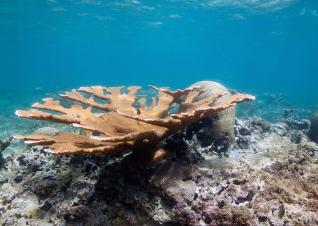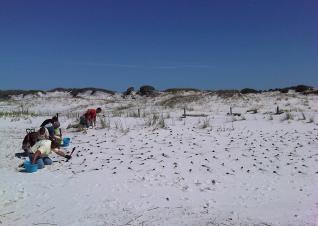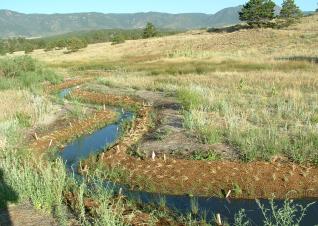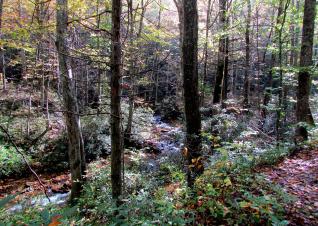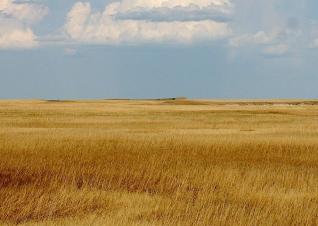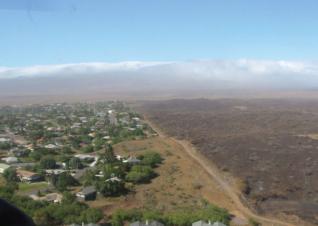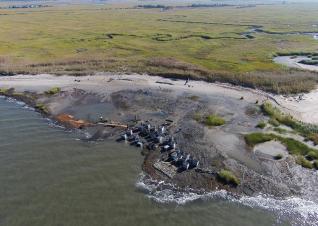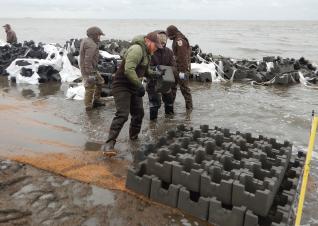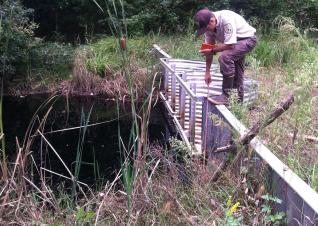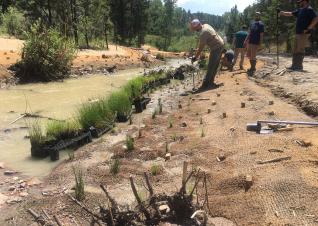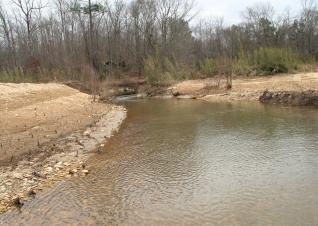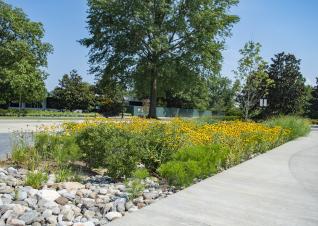Coral reefs are the skeletons of marine invertebrates called coral, which form large underwater structures comprised of colonies.
Nature-Based Solutions Strategy Search
Other searches:
Find case studies →
Find tools and resources →
A floodplain is a low-lying area directly adjacent to a waterbody and partially or fully flooded during high-water events.
Forests provide food, fuel, oxygen, clean water, erosion control, and health benefits to people.
Grasslands, often called prairies in the United States, are habitats where the dominant vegetation type is grass.
Green firebreaks are strips of fire-resistant vegetation planted strategically to slow or stop the spread of wildfires, especially near infrastructure.
Living shoreline creation refers to the process of planting vegetation along the shoreline and installing structures that help hold the vegetation in place.
Oysters are a cornerstone of coastal ecosystems and fisheries, providing structural protection to the coast as well as improving water quality.
Peatlands are a type of inland wetland where waterlogged soils prevent plant material from fully decomposing. There are two types of peatlands: tropical peatlands, characterized by high precipitation and temperature, and northern peatlands, which are interspersed among boreal forests and coastal areas.
Riparian buffers are vegetated areas adjacent to an inland waterbody that are managed to protect the waterbody from the impacts of surrounding land uses.
Seagrasses are flowering plants that grow entirely underwater and form dense meadows in shallow areas. Seagrass restoration refers to any activities that help return seagrass ecosystems to as close as possible to their state before anthropogenic disturbances.
A stream, also known as a branch, creek, run, or brook, is a continuous surface flow of freshwater within a channel that is smaller than a river. Headwater streams can originate from groundwater (springs), runoff, or a wetland.
Strategies for urban stormwater and runoff management such as rain gardens, stormwater parks, permeable pavement, and bioswales are intended to reduce these issues by promoting water retention, infiltration, and evapotranspiration instead of runoff.

